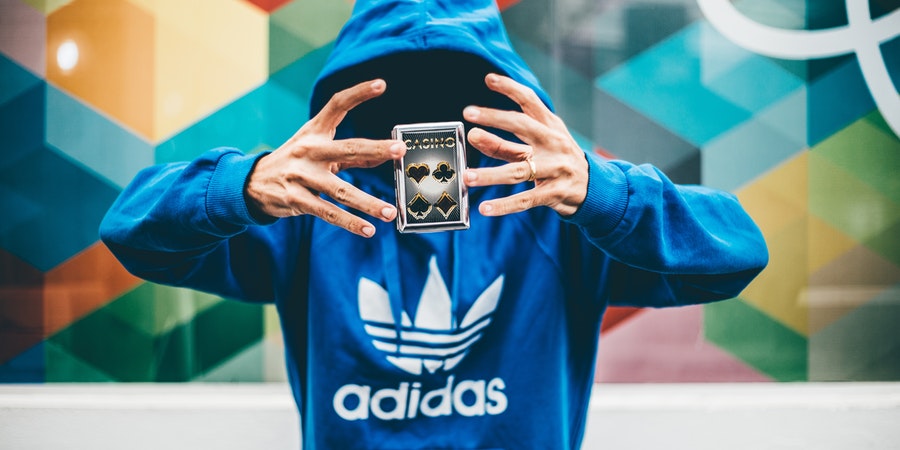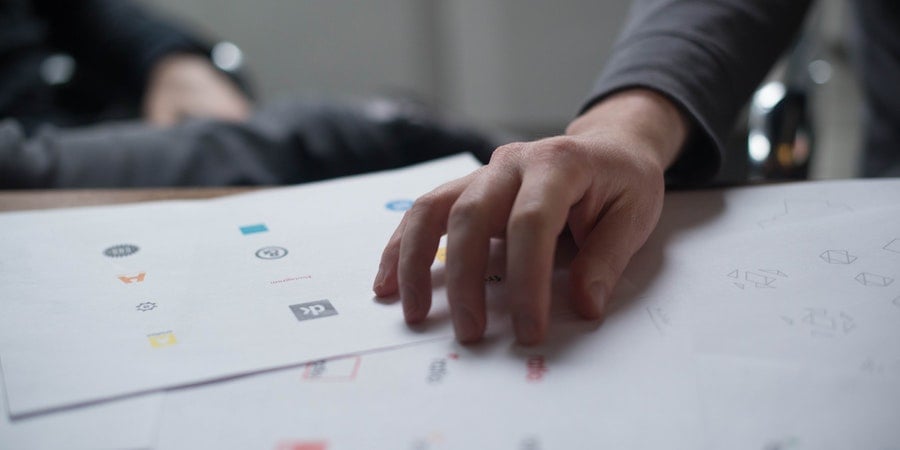Great Design and Business Success Go Hand in Hand
There was a time when the backend nuts and bolts determined how successful a business would be. These would be their sole bulwark. Now, it is more about presentation. That is where Apple beats all other contestants hands down every year in gross sales.
Listen to the oracle

When Thomas Watson Jr. told the world that good design would dictate business back in 1973, it sounded rather romantic. Four decades ago, the design was the fine polish on finished products that had nothing to do with their performance. However, the recently retired IBM CEO had a vision. He was the one who gave the company a lease of new life during his tenure by expanding to computer mainframes from rather unflattering cash registers. IBM grew to become one of the world's largest manufacturers of computers. The Big Blue pioneered the age of equipment before Apple could hoist its flag.
Even when he was CEO, he was making changes to the company that made people call him an eccentric and audacious. He recreated the IBM logo with the help of Paul Rand and commissioned Mies van der Rohe and Eero Saarinen to redesign the central office and the factories. He left behind a legacy of reinvention and success. Right now, it might be easier to see the disconnect between his ideas and practice. Although he commissioned the changes, they were not the source of IBM's revenue. The design was still a new varnish on the base coats that came from hard labor. IBM was prominent for its quality computer mainframes and not pioneering modernism in business. The design was still more associated with marketing than production.
More companies are moving towards product design

In 2017, design and business are finally aligning. Companies like Pinterest and Bump are trying to break the silos between the two concepts. Even Starbucks deserves a special mention in this regard. The design has always been a key element of branding. Factors that define design in a brand store consumerism. Apple understands this very well. You should understand this as well if you are reading this on your iPhone 7 or iPad Air. It is easier to command customer loyalty by maintaining a class of design. Even asking for higher prices becomes rather easy when you have a product-based design. "We are shifting towards becoming a product company from a manufacturing based company," says Pat Schiavone, the VP of Design at Whirlpool. When in Ford, he was responsible for rebooting the iconic Mustang's design. His reason was simple – "Good design is good for business."
Do not think of just ONE product

If you are still having trouble envisioning the convergence of the two aspects, think of product systems rather than products. Have you been to a hospital or a high-tech restaurant lately? Everything they work on is stored in a cloud. Every element becomes accessible from various authenticated gateways. This builds a workable ecosystem. The products – MRI machines, music systems, order/menu update systems and everything else inside the premise are parts of that ecosystem. The moderators can access them, control them and program them according to their needs. Greg Petroff, the GM of GE says, "We can provide our customers with a better solution…if we don't have someone else will." And it is quite evident from the productive use of Apple iPads to control node of such an ecosystem.
Designers have the ultimate power to figure out where the human interface comes in, in the whole design and production charade. The smart investor knows how to create an ecosystem that involves all the products of a company. Think about Apple again. Apple has successfully integrated iMacs, iTunes, iPhones, iPads, iPods, and iEverything through its iCloud. Nike is not far behind. Nike’s venture into tech began with Nike+ and continued to Fuelband that aims to create an era of networked devices for all Nike users.
Business and design have become synonymous

Bump is an app that lets its users share all kinds of data between phones by just bumping them. This is groundbreaking! The cofounder of Bump, Dave Lieb recollects how creating this app was a breeze thanks to the developments in product designing foray. In the initial days of the dot com rush, engineers and developers had to design their products from scratch. From creating the IC to building the frame, everything was their responsibility. Bump had over 1 million users before the company even spent its first $1000. Dave says it did not need infrastructure since it used Amazon's server hosting service. Bump did not need advertising either since social media did the trick. Development was easy as well thanks to Apple's software development kit. "These would have cost us millions," says Lieb referring to the pre-crowdfunding and product designing days.
These dynamics may seem restricted to only technology. They are the living example of how every industry is changing today. You can source all the manufacturing work to China to reduce cost, and all you are left with is the final designing and distribution. Today, design dictates distribution. Nothing will sell if you cannot reinvent the design. People care about what is inside, but not at the cost of how their investment looks. Silicon Valley is hot for product designers rather than engineers.
Take for example – Kelsey Falter, 22. She is a graphic designer from Notre Dame. She started PopTip, a real-time voting app for people on Twitter. Even ten years ago, it would have been impossible for her to convince any investor. However, she got an investment of $640,000 from angel funds, and she focuses on front-end work. Backend Engineering takes care of itself. She capitalizes on her knowledge of product design to understand consumer behavior and how she can use it to create a better, new product.
Design led startups are already here, taking over the production market. No one thinks of designing as an auxiliary anymore. A smart and professional business design is the focus of almost all investments since all businesses are focusing on UI and front-end communication. Uninspired designs can make the finest products impossible to sell. Path's journey has a lot to tell here. This social networking app was launched in November 2010. It had only 30,000 users for over a year until Path 2.0 was launched with inputs from Pixar. This simpler version had livelier animations and a simple screen. It garnered over 300,000 users in on month! Its present value is over $250,000. This shows how much the market has embraced design over technicalities.

Get more to your email
Subscribe to our newsletter and access exclusive content and offers available only to MonsterPost subscribers.

Leave a Reply
You must be logged in to post a comment.